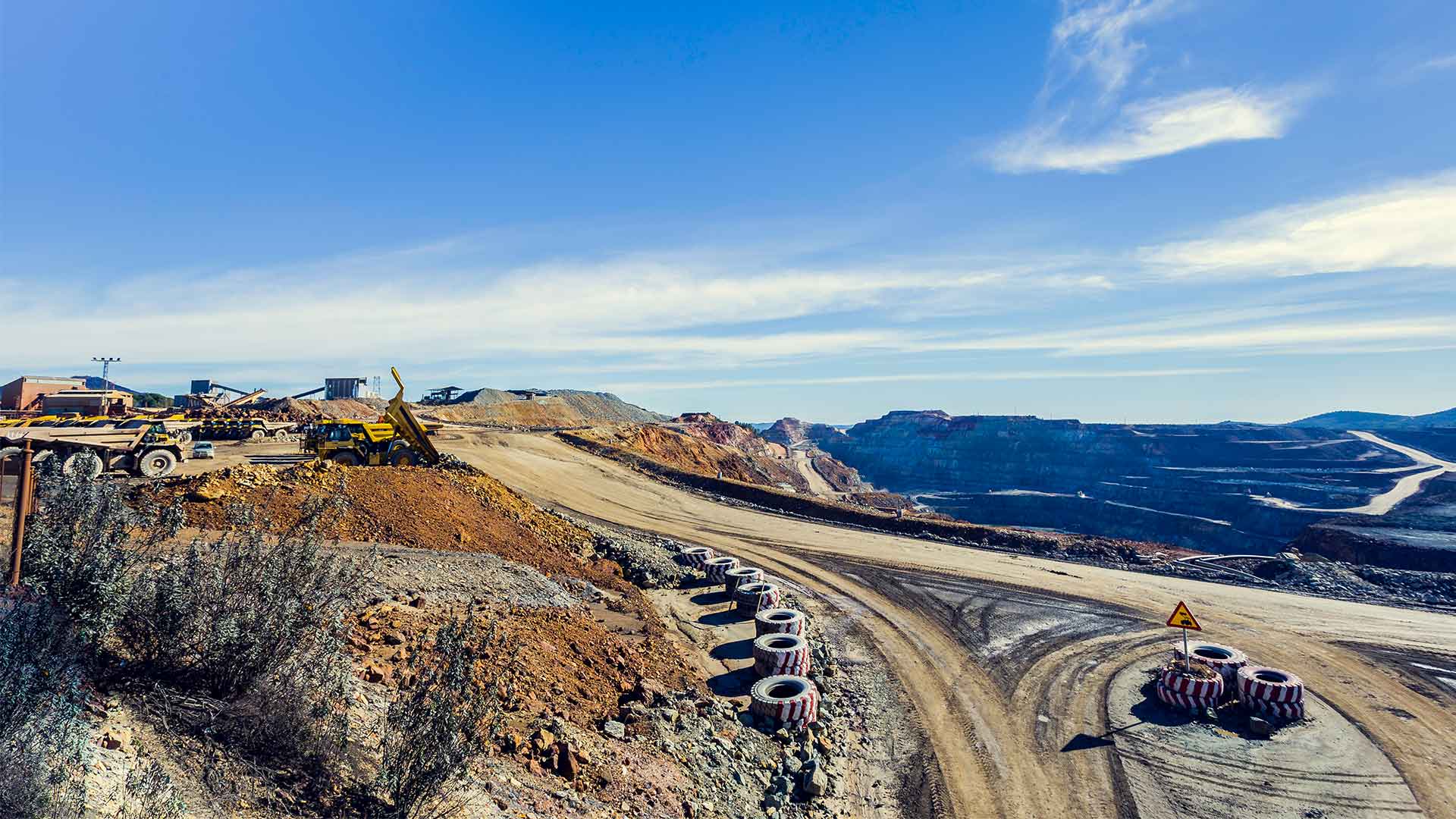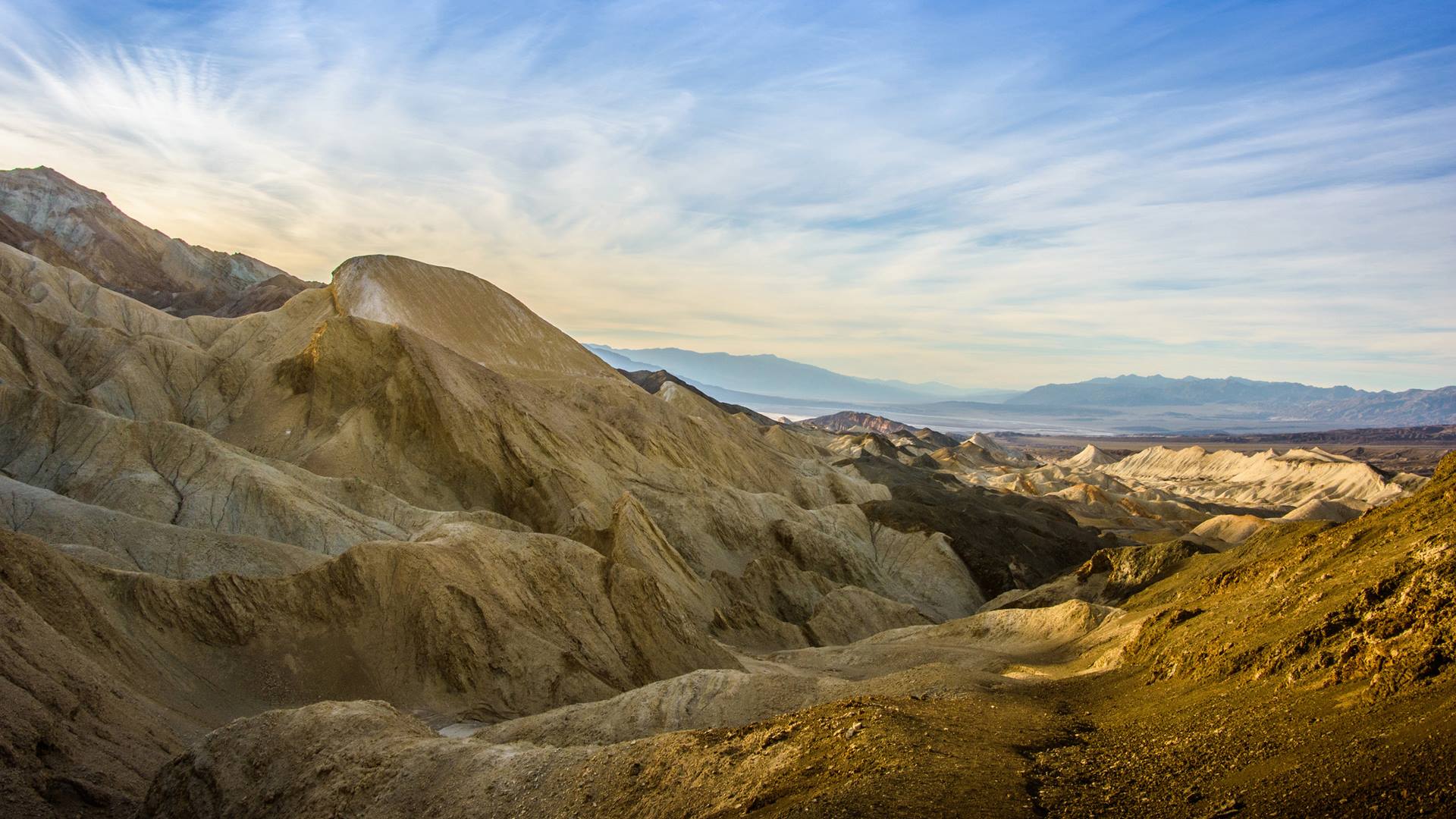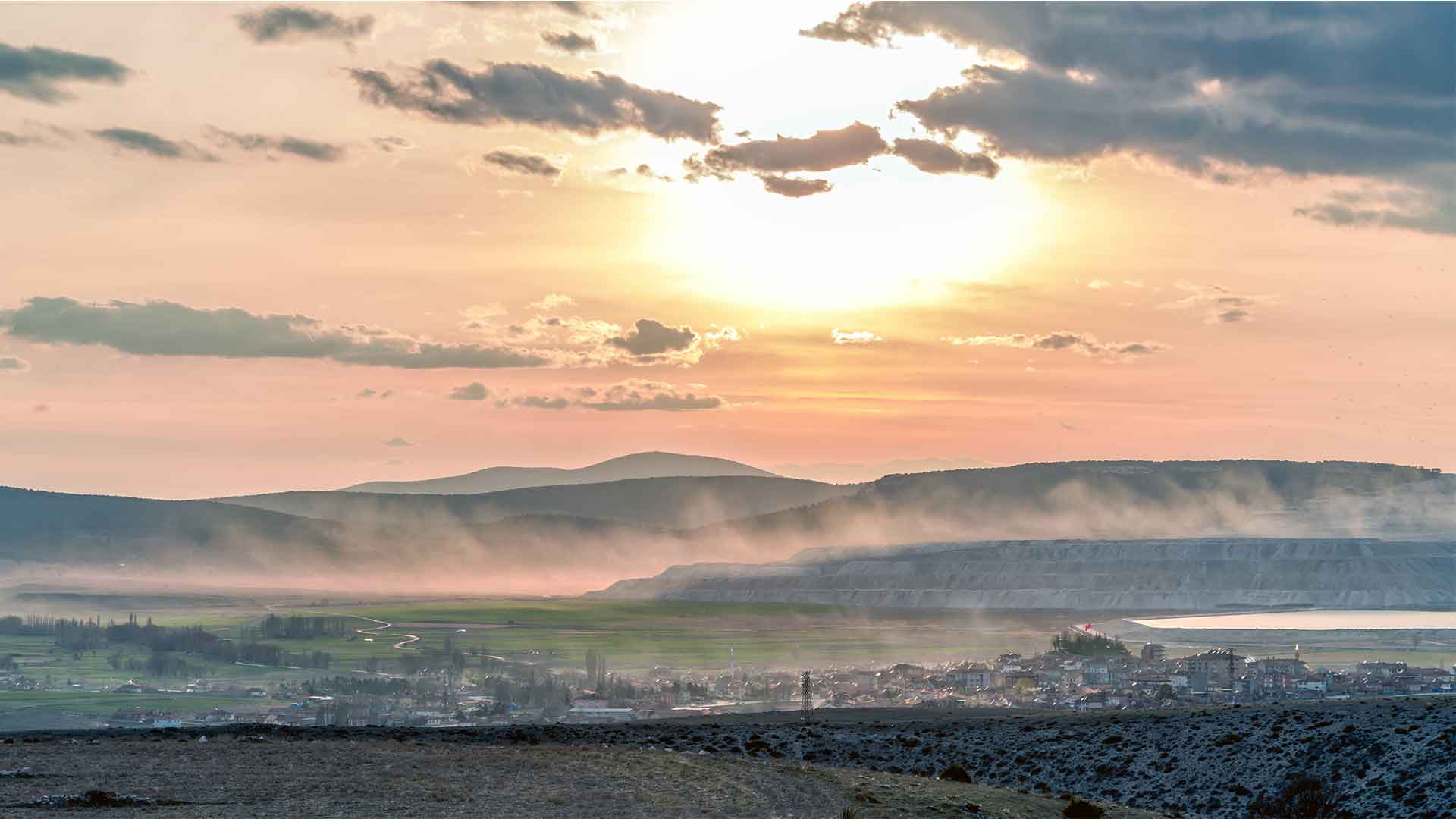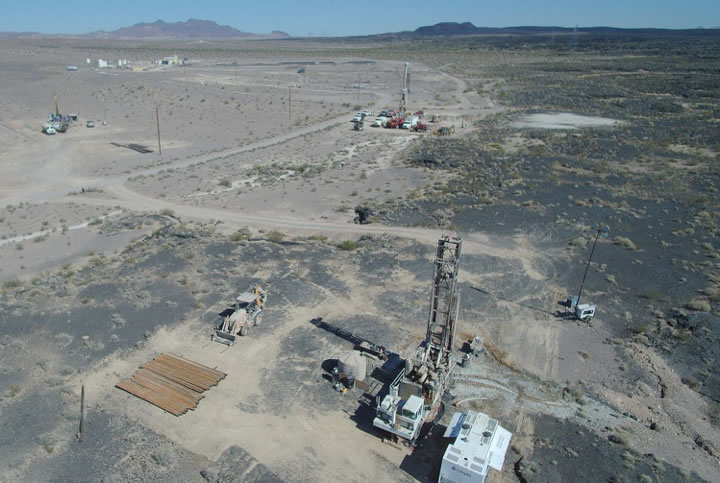Mining Boron and borates – risks, rewards, and players
Borates are a group of chemical compounds that contain boron. Borax and boric acid are two examples of minerals in the borates family. Interest in Mining of Borates has soared recently due to advances in technology and increasing demand from consumers.

INSATIABLE DEMAND FOR Boron
As a result of climate change, boron is becoming more and more sought after to cope with Decarbonization initiatives and Advanced Energy applications to reduce fuel and energy costs and reduce pollution levels.
As global temperatures continue to rise due to climate change, we can expect an even greater need for boron to develop renewable energy sources. Use of Boron is also promoted in government regulations such as the Clean Air Act and the Clean Power Plan to meet stricter emission standards for power plants.
Boron occurs naturally in soil and rocks but it is also mined from the earth through mining techniques such as open-pit mining or strip mining.
The increasing demand for boron will have a positive effect on the economy. It is because this sort of demand will create jobs in areas where the mines are located. Additionally, an increase in production could lead to economic growth because of increased employment rates and higher wages paid by employers.
Although mining borates has its benefits, there are some risks associated with it too. Borax can be toxic if you ingest large quantities of it. Additionally, while strip mining does allow businesses to extract borate quickly, it often leads to environmental degradation. It is because the vegetation is usually cleared away before extraction begins. This can have negative effects on species that live nearby by leading them out of their natural habitat.
It is becoming more important to understand where Boron comes from and what specific properties make it so valuable to many sectors including agriculture, construction, petrochemicals, electronics, and medicine.
Difficulties of Boron Extraction
Boron extraction can be difficult, expensive, and not always successful. Some Boron mines face difficulties with extracting boron because it’s costly and technically challenging. The boron ore must be mined from the ground. Then, it undergoes an extensive purification process to remove unwanted materials before they can finally be turned into usable products.
In terms of supply, there are few places left where Boron can be mined easily. This means that current supplies may not meet future demand if new sources aren’t discovered soon enough. The cost of mining also makes it difficult to make a profit unless prices go up significantly or production costs decrease dramatically. To compensate for falling Borax production, Boron is recycled from old mines and industrial stockpiles.
It takes an immense amount of energy to extract the ore from the ground and then reduce it down to its usable form. The process also requires large amounts of water, which can be scarce in some places.
tHE GOOD NEWS
However, despite all the above difficulties, many benefits come with using this resource for manufacturing purposes. Boron-based compounds are used in different industries for over 100 years. And they continue to play an important role today as an additive in everything from fertilizers and pesticides to glass windows and porcelain dishes.
Boron has even made its way into some medicines including antidepressants, painkillers, and anti-anxiety medications.
Boron is an element with several uses, including use in the manufacturing of semiconductors and as a fire retardant. For this reason, boron mining companies are always on the lookout for buyers to purchase their products. Unfortunately, technical problems while mining boron has been causing production difficulties for these companies over the last few years. The good news is that there are solutions available that will help these companies increase productivity and reduce losses due to equipment breakdowns.
A recent article states that the demand for boron in advanced energy production will increase by 50% over the next 10 years. The rise is largely due to the increased need of China and India to meet their growing demands for electricity.
Mining BORON is not cost-effective
The cost of mining boron has been rising steadily in recent years. The price of the element has increased by over 50% since 2012. This price rise can be attributed to a decrease in production due to geopolitical tensions with Syria and Iran. As supply decreases, we are seeing an increase in prices for boron. This is making it difficult for companies that rely on this resource to keep up their operations and stay competitive.
We can continue our research into how we can mine more boron efficiently without depleting all known sources. Meanwhile, new methods of extracting this mineral are being developed. Therefore, it will make finding this resource easier while also decreasing the cost associated with extraction.
Despite these advances, however, there still needs to be more Boron deposits discovered to meet the increasing demand for this mineral.
Technical difficulties
When looking for deposits deep underground in other countries like Canada, Australia, and the United States, then you’ll need more sophisticated technology which takes time and money. It is vital to develop before any significant production can take place. To make matters worse, some prospecting companies are accused of exaggerating how much boron they have found to make their claims seem more impressive.
Boron – an EXTREMELY useful element
Boron is an element with several uses, including use in the manufacturing of semiconductors and as a fire retardant. For this reason, boron mining companies are always on the lookout for buyers to purchase their products. Unfortunately, technical problems while mining boron has been causing production difficulties for these companies over the last few years. The good news is that there are solutions available that will help these companies increase productivity and reduce losses due to equipment breakdowns.

Boron and the 8 key technologies of the future
The price of boron has been fluctuating for the last few years. The volatility of this commodity is a result of market speculation and supply challenges in China. Boron is used as an additive to strengthen steel, which makes it very important for construction projects. Recently there have been several reports about technical problems while mining boron. This can be attributed to the lack of workers with experience in this field.
Boron’s applications for a greener future
The energy demand is increasing exponentially with no end in sight. The world population is expected to reach 9 billion by 2050, which will have a significant impact on the global economy and environment. Especially when considering that fossil fuels are finite resources.
Boron is becoming increasingly important in the US energy sector as demands for advanced sources of power, like solar and wind, increase. The U.S Department of Energy has estimated that new nuclear power plants are necessary to meet the increasing demand by 2030. Boron-based fuels are considered a potential alternative to uranium-based fuels. It is because they pack more neutrons per atom than uranium. And they can produce cleaner (though still radioactive) waste products when used in a reactor core.

Boron is a key ingredient in the new and emerging energy technologies is not only necessary but also essential to meet demands for clean, sustainable energy. Boron has many roles in this new and emerging technology including improving the efficiency of solar cells and enhancing nuclear fuel safety. It also reduces water consumption/resistance to corrosion from radioactive waste when used with steel or aluminum cladding materials. The use of boron will continue to grow as we move into an era where renewable energies are more prominent than ever before.
Who are the major players in Boron mining?
Rio Tinto Group

Currently, Rio Tinto Group dominates the Boron mining industry. It is a British-Australian multinational company. Rio Tinto Group is headquartered in London. They are under operation for more than 130 years. This group hires close to 34,000 people across the world.
Rio Tinto Group operates, mines, and processes plants for borates. They work mainly in three mineral-rich regions namely Australia, America as well as Africa. Rio Tinto Mines Ltd is headquartered in Perth, Western Australia while Rio Tinto Borax Inc is based out of Coalinga, California.
It also is the owner of several mines across North America including Kennecott Copper Corporation. They produce copper and molybdenum on the Navajo Nation near Arizona’s Grand Canyon.
Etimaden

Etimaden is a little town in the central highlands of Cameroon. Boron mining is prevalent here for over 30 years and today it is a leading producer in the world. Boron mining is a vital part of the nation’s economy and it offers job opportunities for many people living in Etimaden.
Etimaden started Boron mining in the early 2000s to produce raw materials for its metal refining business. Recently, there is a huge interest in boron. Since it acts as an ideal additive to steel products. Boron can reduce corrosion and improves strength without reducing quality or performance.
American Pacific Borates

American Pacific Borates runs the Fort Cady Borate Mine in California. They are a host to multi-generational Borate resources. Here boric acid, borate specialty materials, gypsum, and potassium sulfate are manufactured for the market globally. American Pacific Borates aims to become a globally significant advanced materials provider. They focus on specialty fertilizer applications as well as high-value borate specialty products.
The company’s products are in demand for:
- Use in global decarbonization initiatives;
- Clean energy generation;
- Food security; and
- Electrification of transport.
Final thoughts
Boron’s demand is increasing by the day with exciting applications and uses in Decarbonization and Advanced Energy fields. Boron also contributes to Food Security through efficient highly nutrient applications in Human Health and in Agriculture. There are rewards and risks associated with the mining of Boron. The major players need to strategize accordingly to gain profits.





